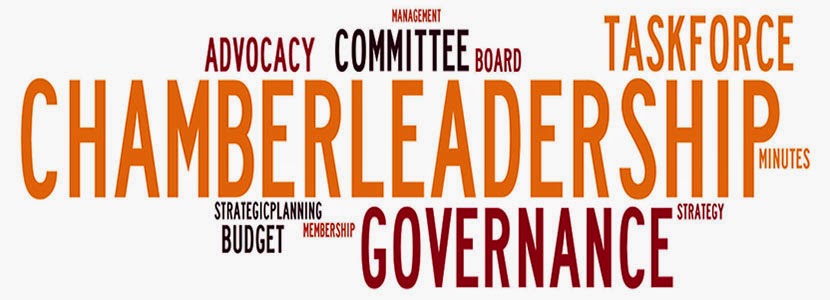I had the
opportunity to attend an educational session led by Chris Bailey on
productivity. He states there are lots
of books on the subject, good and bad!
The
following is a recap of his session from my notes.
What is
Productivity? They mean different things
to different people.
It has
changed over the past 50 years from repetition of work (think working with your
hands vs the brain) to knowledge-based work.
Factory vs Knowledge!
He goes on
to state that there are 3 keys to productivity: Time Management; Attention; and
Energy. Accomplishing
what we intended to do is what productivity is all about.
He talked
about the following 3 tactics that if we're aware of, that if we manage, it
will make us more productive.
- The Rule of 3
- Procrastination
- Taming the distractions/interruptions
The Rule
of 3
Set better
intentions, what 3 things to I want to accomplish each day or week. Our brains are ingrained to do things in
3. So what are your 3 daily intentions?
Procrastination
The research
states that there are 7 reasons we procrastinate because the work is boring,
frustrating, difficult, lacks personal meaning, lacks intrinsic rewards,
ambiguous and unstructured.
How to beat
it, think of your future self, list the costs, shrink your resistance, define
the very next thing and do it and finally notice mindless busywork.
Taming
the distractions/interruptions
Research tells us that we have 40 seconds
of focus before we're distracted/interrupted.
Which translates into 26 minutes of lost productivity from each
distraction/interruption.
He goes on to say there are four types of distractions/interruptions - control/no control, annoying/fun. The key is to deal with these things ahead of time.
He goes on to say there are four types of distractions/interruptions - control/no control, annoying/fun. The key is to deal with these things ahead of time.
Give 3 goals
to your staff for the day, week, month or quarter. Your team, like all teams, can understand when
you keep it to three.
As a manager,
do you have a list of 3 things you want to do? Time
management, attention and energy are the keys to productivity and where those three
circles come together is productivity.
At the end of
the day, we need to be our own traffic cop to increase our productivity.
For more
information about Chris Bailey and his productivity project go HERE.

